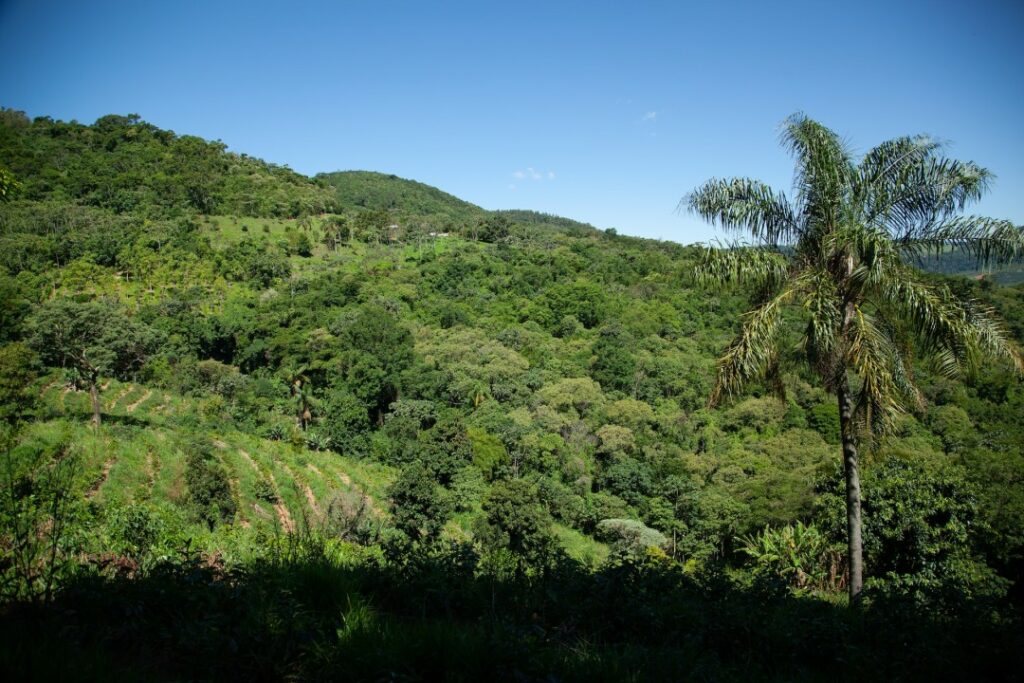Join our webinar (25 July 2024)!
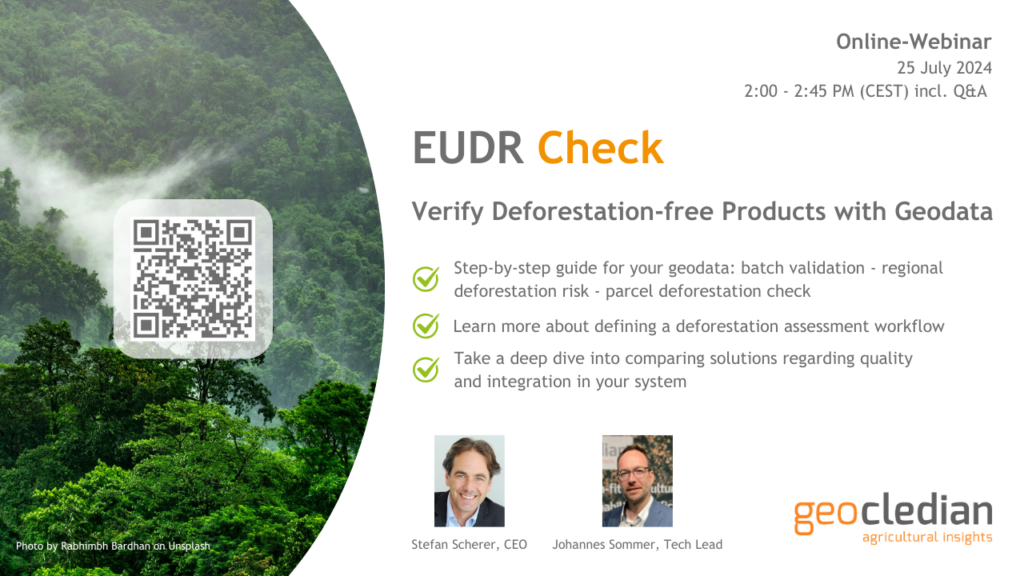
Register for our Webinar EUDR Check – Verify Deforestation-free Products with Geodata (25 July 2024, 2:00-2:45 PM, CEST, in English) and get a step-by-step guide on how to handle your geodata.
The Webinar includes a Q&A session at the end.
Read more
The European Deforestation Regulation
Legal compliance
The EU regulation on deforestation-free products „EUDR“ sets due diligence requirements for operators and traders placing the relevant products on the EU market. Non EUDR compliance prevents operators from importing those products into the EU. The affected products are:
- beef, cocoa, coffee, palm oil, soy, wood, natural rubber and derived products like leather, furniture, chocolate
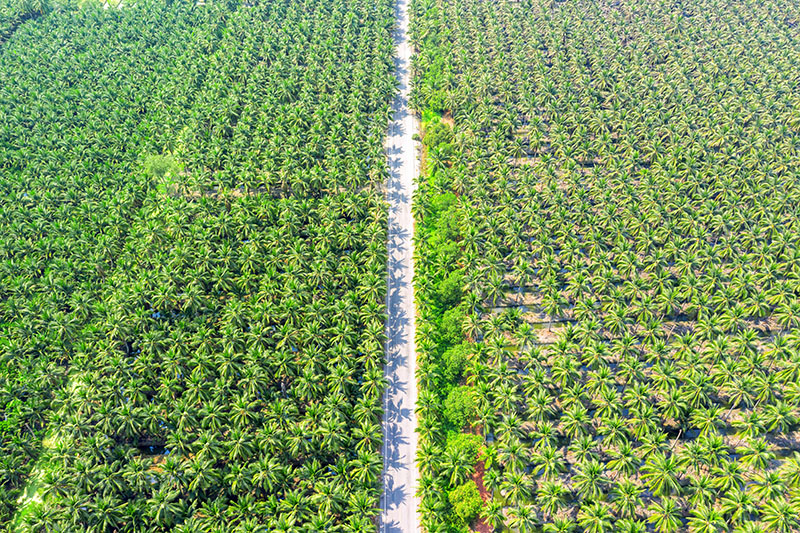
Operators and traders need to ensure that:
- In scope products must have not been produced on land deforested or degraded after 31 December 2020
- They have been produced in accordance with the laws of the country of production
- They are covered by a due diligence statement
Not meeting any of these three requirements will result in a prohibition to place those products on the EU market.
Important to know
Operator is any natural or legal person who, in the course of a commercial activity, places relevant products on the Union market or exports them from the Union market. This includes manufactures and traders alike regardless of size, however for SMEs simplifications may apply.
Deforestation free: The relevant products contain, have been fed with, or have been made using commodities that were produced on land that has not been subject to deforestation after December 31, 2020, or subject to forest degradation after December 31, 2020 in the case of wood.
The laws applicable in the country of production concerning a) land use rights, b) environmental protection, c) forest-related regulations including forest management and biodiversity conservation, d) labour rights, e) human rights protected under international law, the principle of free, prior and informed consent, and f) tax, g) anti-corruption, h) trade and customs regulations
The due diligence statement must include the geolocation of all plots of land where the relevant commodities were produced. Depending on the size of the land plots these have to be points or polygons defined by latitude longitude coordinates. They have to be submitted electronically as part of the due diligence statement.
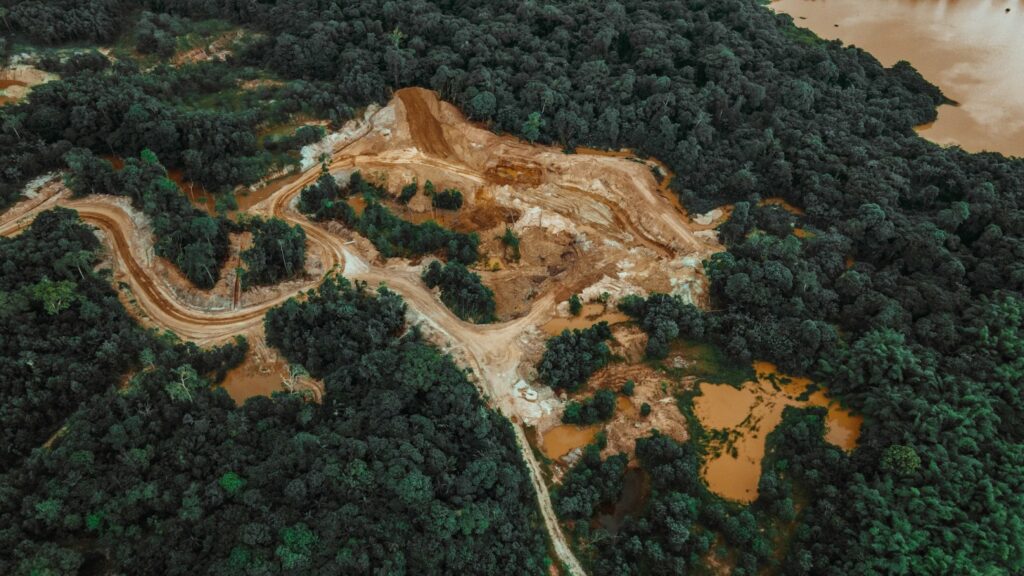
EUDR Compliance – What We Offer
In accordance with the regulation we have developed an analytical product, called EUDR Check to support EUDR compliance. The core is a detailed deforestation risk assessment at plot level, providing auditable information based on remote sensing data and derived products. The plot level check is highly advisable when sourcing from high (or mid) deforestation risk regions in order to obtain objective proof of deforestation free production. In addition we assist in implementing EUDR reporting processes together with our partners. Our EUDR Check will soon support additional mandatory due diligence criteria.
How it Works
The EUDR Check requires a polygon or point coordinate together with the product (crop) to be checked, as input. Based on this information it automatically calculates the deforestation risk supported by quantitative land use assessments and provides auditable information. The methodology includes:
- Various datasets to achieve most reliable results. Such as:
- Global land use data sets at 10m
- High frequency, high resolution satellite data (optical & radar)
- Auxiliar data such as canopy height
- Land use analysis at cut-off date 2020-12-31
- differentiating various agroforestry plantation types from forest
- commodity specific models
- change detection analysis for the current date to the baseline date (daily)
If the internal model detects forest at the cut-off date or a reduction of forest cover compared to the cut-off date of the EUDR it will mark this polygon with a potential high risk of deforestation. Additionally, it will provide an index indicating the extent of deforestation relative to the plot size.
The automated EUDR Check (Demo App here) currently supports oil palm and soy. Risk assessments for coffee, cocoa, rubber, wood, beef and leather are under validation and will be released soon.
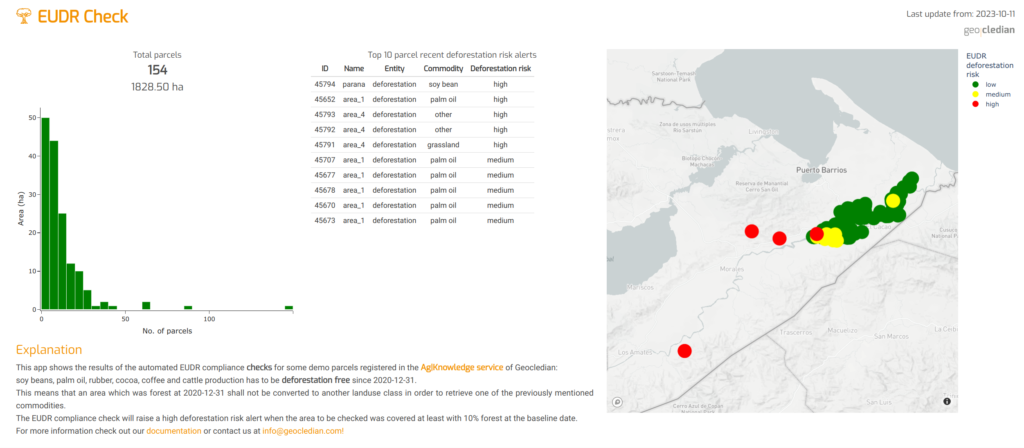
Your Benefits – Our Key Features
- Database of geometries and data with
5 years storage of results (as required by regulation) - Validation of geometries during registration
- API based for easy integration into IT platforms
- Reliable and auditable deforestation risk assessment
- 10m ground resolution
- FAO forest definition used with minimum mapping unit of 0.5ha and 5m tree height
- Differentiates various plantation types from forest to avoid false alarms
- Globally tested for oil palm, soya, rubber, coffee
- Cocoa under evaluation, beef and leather upcoming
- Prepared for timber & degradation monitoring
- Uses latest satellite images for change detection compared to cutoff date
- Satellite image time series allow visual checks from 2020-12-01 on
- Detailed and transparent methodology, versioned models (auditable)
- Fully automated for all plot sizes
- Supports EUDR compliance beyond deforestation in near future
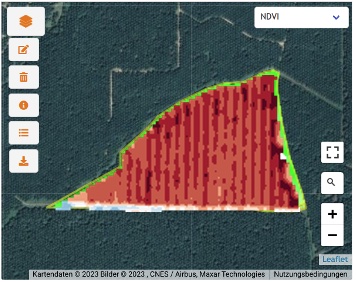
The EUDR Check product can be easily integrated into existing traceability or other IT systems because of its standards based REST API (OpenAPI). It provides the result of the EDUR Check as a JSON response. The process is fully automated: after the polygon is registered and the processing is done you can retrieve the result with a single request to our API.
Next Steps
The EUDR Check will be constantly improved. Even if deforestation-free is the most important criterion, EUDR compliance also requires other due diligence checks. The next updates will comprise:
- assessment of deforestation risk also for point coordinates (smallholders, beef, leather)
- regional risk assessment without need for exact geolocation
- batch upload and geometry validation
- issue of deforestation free certificate
- validation proof for all commodities
- assessment of environmental risks to support local laws compliance
- assessing risk to rights of indigenous people
Want to learn more? Contact us: EUDR@geocledian.com
